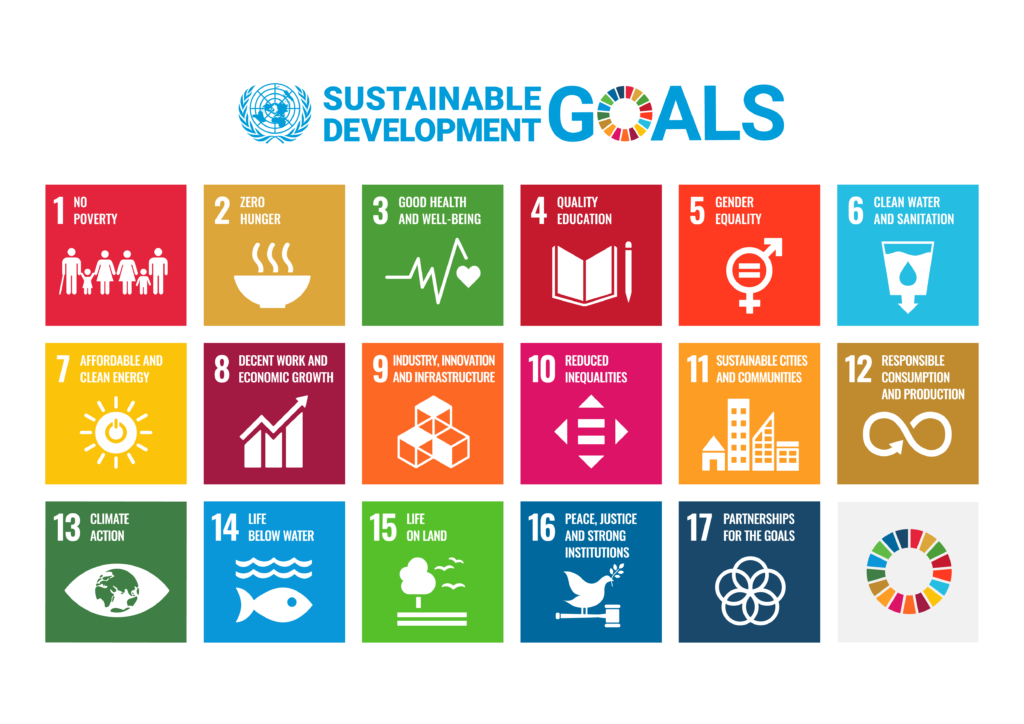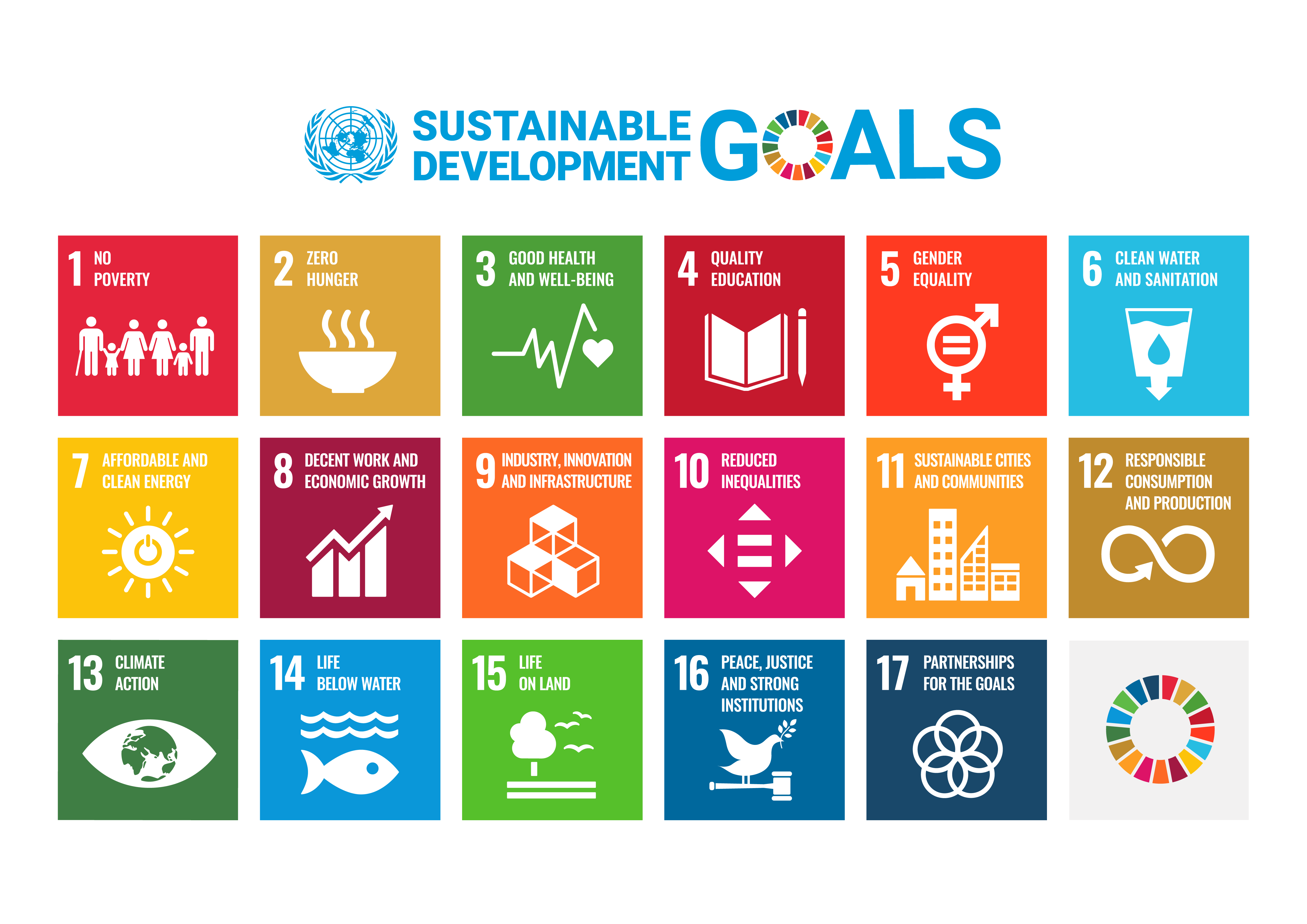New report identifies urgent actions needed to put SDGs back on track
Ahead of the UN’s SDG Summit (18-19 September), Earth4All, an international team of economists and scientists, and the Foundation for European Progressive Studies (FEPS), unveil groundbreaking research showing that policymakers can ensure the implementation of SDGs by 2050. The report, ‘SDGs for All: Strategic scenarios’ equips policymakers with practical solutions designed to accelerate SDG implementation and to respond to the planetary emergency. It concludes that policymakers can step up the implementation of the SDGs by 2030 and beyond and achieve wellbeing for all. But this is only possible by enacting five ‘extraordinary turnarounds’ that break with current trends.
UN Secretary-General António Guterres has urged world leaders to come to the Summit “not with beautiful speeches, but with concrete actions, plans and commitments to accelerate the implementation of the 2030 Agenda and the Paris Agreement on Climate Change”.
The report responds to the UN Secretary-General’s call for more rigorous strategic analysis and foresight to support policymaking. It brings together analysis from leading scientists, economists and modelers, offering proven ways to implement the SDGs and dramatically improve the course of policymaking at major upcoming global meetings, including the UN SDG Summit, the UNFCCC COP28 and the UN Summit of the Future.
The ‘SDGs for All’ report is built around the future scenarios and the five extraordinary turnarounds first explored in Earth for All: A Survival Guide for Humanity, published in 2022. The two scenarios are:
‘Too Little Too Late’ (TLTL) – a decision-making as usual approach resulting in deepening wealth inequality, growing social tensions and limited efforts to address climate and ecological risks. As a result, global temperature increases to 2.5°C by 2100 putting the stability of the earth system at risk. Wellbeing continues to dramatically decline globally, and it takes until 2100 to eradicate extreme poverty.
‘The Giant Leap’ (GL) – an alternative, achievable path costing 2-4% GDP per annum empowers society to make ambitious decisions by implementing five extraordinary turnarounds simultaneously across poverty, inequality, empowerment, food and energy. As a result, temperatures would stabilise below 2°C, material consumption is reduced, extreme poverty is eradicated by 2050, social tensions fall dramatically, inequality is reduced, and wellbeing rises exponentially. If policymakers around the world embrace this ‘Giant Leap’, huge improvements for people and planet are possible.
“The Giant Leap scenario offers a way out of the current planetary emergency and a pathway for attaining the majority of SDGs by 2050. However, this will require a radical transformation away from today’s extractive economy dominated by GDP growth to wellbeing economies that place a value on people, planet and prosperity”, comments Sandrine Dixson-Declève, co-president of The Club of Rome, co-author of Earth for All and co-lead of the Earth4All initiative.
The report models how progress towards achieving the SDGs would be in both scenarios.
Poverty – In Too Little Too Late 20% of the global population live in poverty by 2050 – compared to 7% in the Giant Leap.
Inequality – income gender parity is achieved in the Giant Leap, but severely worsens under Too Little Too Late with owners accounting for 75% of incomes.
Emissions – CO2 emissions reach net zero under the Giant Leap in the 2040s. Compared to 2 tons of CO2 per person in the Too Little Too Late scenario by 2050 – which would in result in 17 billion tons of carbon emitted globally per year.
Public spending – An additional $8.8 trillion is spent globally on public services per year by 2050 in the Giant Leap – equivalent to $6,000 per person per year. Whereas the spending is $4,800 per person per year in Too Little Too Late in 2050.
A key red flag in the report is that by 2050, the level of global warming is too high in both scenarios, with devastating consequences in every corner of the globe. However, global warming eventually plateaus below 2°C under the Giant Leap and gives a chance for humanity to thrive again. The reality of overshooting above 1.5°C in both scenarios gives serious cause for concern regarding the lack of planetary emergency plans currently in place to address climate change and the resulting increase in shocks and stresses.
The modelling has also shown that gender equality is woefully off track; at current rates it would take 257 years to reduce the overall gender gap.
“This must serve as a wake-up call for society”, said Maria João Rodrigues, President of the Foundation for European Progressive Studies. She continued: “The upcoming UN SDG Summit will mark the half-way point to the 2030 deadline for achieving the SDGs, and that is why we asked Earth4All to analyse the progress made and what we need to do to get back on track with their unique system dynamics model. Action can no longer be avoided, it must be done in a systemic way and adopted on both international and national levels.”
Earth4All and FEPS will present the findings of the SDGs for All report to the UN and stakeholders prior to and during the SDG Summit.




